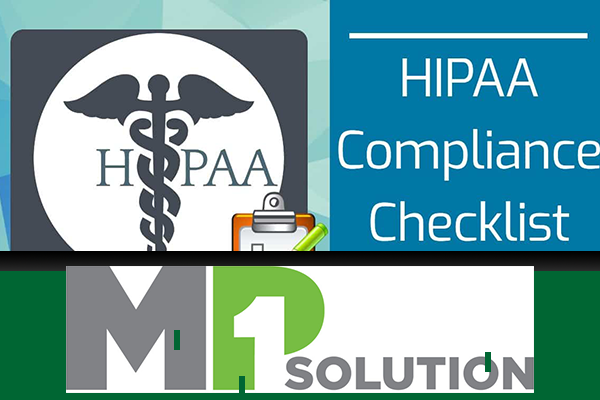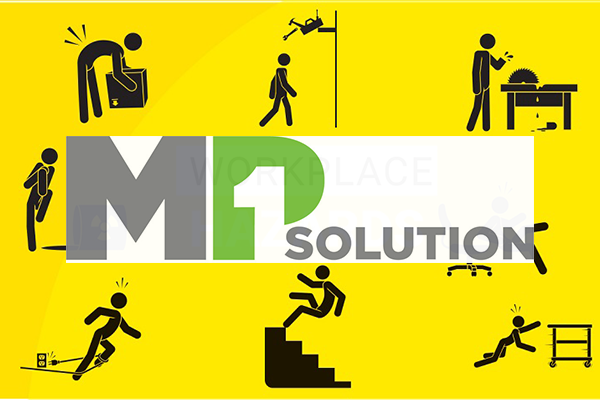
Regulatory compliance feels like a chore to a lot of businesses. Especially with sanctions and penalties attached to it, the traditional response that these get is a sigh and a shrug before proceeding to comply with the requirements. In a way, regulations and their accompanying sanctions have become mere deterrences such that their benefits and rationale can be overshadowed by the fear of penalty.
The problem with the mere fear of penalty is that there is often a lack of motivation to comply excellently and in such a way that achieves the goals of the regulatory bodies. That is why it is easy for establishments covered by these regulations to find their compliance lacking in some aspects. Although there are ways to ease the burden of the process of compliance through things such as OSHA and HIPAA online courses or services that offer OSHA HIPAA training, it is important to revisit the purpose and benefits that these regulations do for your business.
Without further ado, this article will break down the purpose and perk of why you should comply with certain regulatory requirements.
Occupational Safety and Health Administration (OSHA)
During a time in the United States where sickness and injury was prevalent, the workforce drastically dwindled due to people’s inability to work. It was even recorded by OSHA that around the 1960s, the on-the-job deaths were at least 14,000 per year which was a 20 percent increase of workplace mortality from the previous decade. This gave rise to public pressure regarding instituting legislation that protects employees industrial accidents and other avoidable sources of deaths within the workplace. Such injuries have apparently cost billions of dollars worth of opportunity costs.
These sets of urgency paved the way for President Nixon to establish the Occupational Safety and Health Act of 1970s which started out with addressing simple problems per industries such as elevator explosions and chemical-related accidents to emphasizing regulations towards high-risk industries.
Its primary functions involve:
- The development of standards for workplace safety and health and its enforcement through on-site inspections.
- Ensuring that reporting, auditing, and recordkeeping systems are in place and maintained so that both the workplace and OSHA can have a continued surveillance over workplace hazards and work-related illnesses and injuries.
- The provision of training programs to spread the knowledge and practice of safety and health measures around the workplace.

What is the cost of workplace hazards?
As previously mentioned, there are massive opportunity costs that are tied to workplace injuries. According to the 2019 statistics of Injury Facts:
Total Cost of Work Injuries in 2019: $171.0 billion
| Breakdown | |
| Per injured worker | $1,100 |
| Per death of a worker | $1,220,000 |
| Per medically consulted injury | $42,000 |
According to this table, the numbers that were calculated that refer to losses are wage and productivity. These include medical, administrative, and insurance expenses. On certain occasions, these also include damages to machines, vehicles, and fire. Given that these figures are only calculated with the aforementioned variables in mind, OSHA fines are still a completely different story. Hence, there could be additional costs to the lack of safety measures around the workplace.
Total of Time Lost Due to Work-related Injuries in 2019: 105,000,000 days
| Breakdown | |
| Due to injuries in 2019 | 70,000,000 |
| Due to injuries in prior years | 35,000,000 |
| In future years from 2019 injuries | 55,000,000 |
These cases average out to at least 150 days lost per case of a fatality when it comes to an injured person, whereas the less frequent permanent injuries are counted as actual days with an excess number of days to account for the slower productivity that is a consequence of the injury.
Penalties of OSHA violations
| Type of Violation | Penalty |
| SeriousOther-Than-SeriousPosting Requirements | $13,653 per violation |
| Failure to Abate | $13,653 per day beyond the abatement date |
| Willful or Repeated | $136,532 per violation |
What are the direct and indirect advantages of OSHA compliance?
Of course, as previously seen there are a lot of opportunity costs to be saved if work environments are at a much healthier level. Minimizing injuries does not only provide more work days and a consistent level of productivity but it also saves money from having to send injured away. Re-hiring and re-training new employees takes additional hours away from having healthy employees work on their respective tasks.
Furthermore, OSHA extends more of a helpful hand when it comes to assisting the compliance of small businesses. This is born out of the understanding that compliance can be a little jarring and daunting for those who are just starting out. Hence, the Department of Labor and OSHA offers free guides, consultations, and training that are simple and easy to understand.
There are also a couple of exemptions for small businesses such as:
- Size of your business. Establishments with ten or less employees in the latest year are generally not required to keep safety records unless otherwise written.
- Nature of your industry. Certain low-risk industries such as electronics and appliance stores, health and personal care stores, clothing stores, florists, office supplies and stationeries, shoe stores and more are not required to keep records either for as long as they have ten or less employees.
- Type of Employees. Employees who qualify to be part of the North American Industry Classification System are not required to keep a record of injury and illnesses unless otherwise asked.
- Location of your business. The Occupational Safety and Health Administration Act covers most private establishments and their employees around the United States of America. Even then, twenty-two of the states operate under a separate safety program that is merely approved by OSHA which means the compliance requirements would vary. These are called OSHA-approved State Plans.
Just like HIPAA compliance, OSHA compliance can save you a lot of fines. Moreover, these types of rules exist for a reason. That is that more than the fact that the government cares about the physical safety of employees and mortality rates across the country, the consequences are just far too costly. In the most objective sense, accidents just dismantle productivity and slow down growth.
